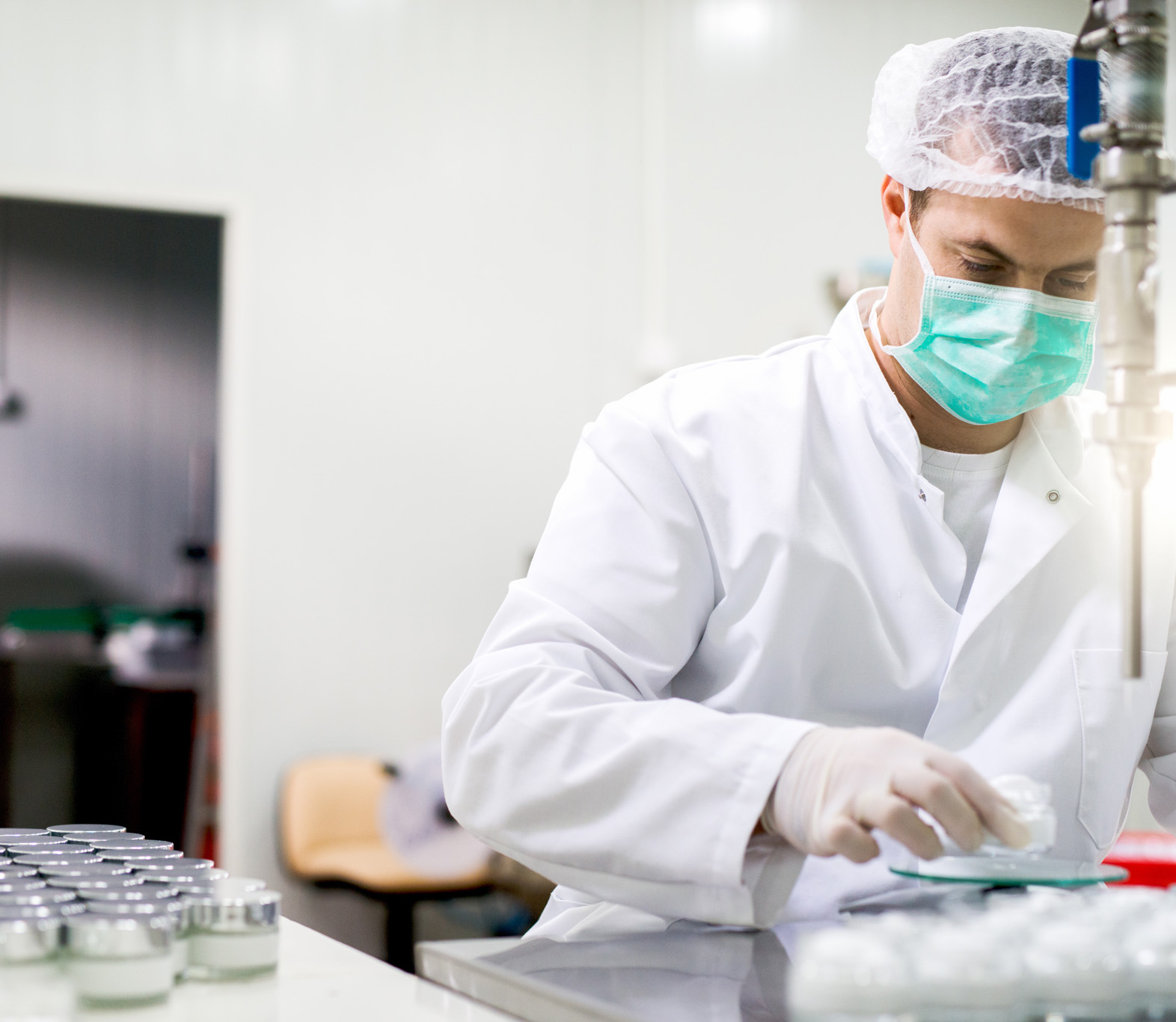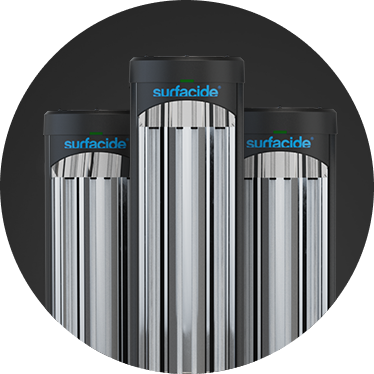Sterile compounding rooms play a pivotal role in ensuring the production of sterile and high-quality pharmaceuticals. Due in part to the New England Compounding Center fiasco with gross fungal contamination, sterile compounding and the pharmaceutical industry are experiencing a pivotal moment with the implementation of the new USP <797> regulations.
Maintaining an environment free of contamination, in both air and on surfaces, can be challenging. And while pharmacists are experts in drug formulation, they may not necessarily have the specialized knowledge required for assessing microbial content in compounding environments. Recognizing this gap is important in adopting strategies that rely on scientific methods rather than traditional, unscientific practices.
In the past, pharmacy directors have often relied on passive “settling plates” to measure contamination in compounding rooms. However, past studies as well as a knowledge of particle aerodynamics, conclusively demonstrate the inadequacy of this method. They show that airborne particles, due to low specific gravity, may remain airborne or aerosolized for longer periods.
While the importance of active air filtration and sampling is critical, focusing solely on air quality does not guarantee freedom from surface contamination. Those working in the “buffer and ante rooms” may inadvertently introduce contaminants during their daily activities, such as touching their nose or ears. Conventional chemical surface disinfectants like hydrogen peroxide have proven effective; however, it is important to note that these solutions use corrosive wet chemicals. Their application requires sealing off vents, which can mean considerable wait times for the hazardous chemical to dissipate. This poses a challenge, considering many pharmacy clean rooms operate 24/7. In comparison, UV-C microbial reduction not only achieves a 6-log reduction of many organisms faster than hydrogen peroxide but also eliminates the logistical challenges associated with the use of this chemical disinfectant.
Surfacide’s SURFrx Program was created to address new regulatory changes and help achieve compliance by taking a holistic approach with UV-C technology for both air purification and rigorous surface microbial reduction. Compliance with these standards is not just a regulatory obligation, it is ultimately a broader commitment to patient and staff safety.






